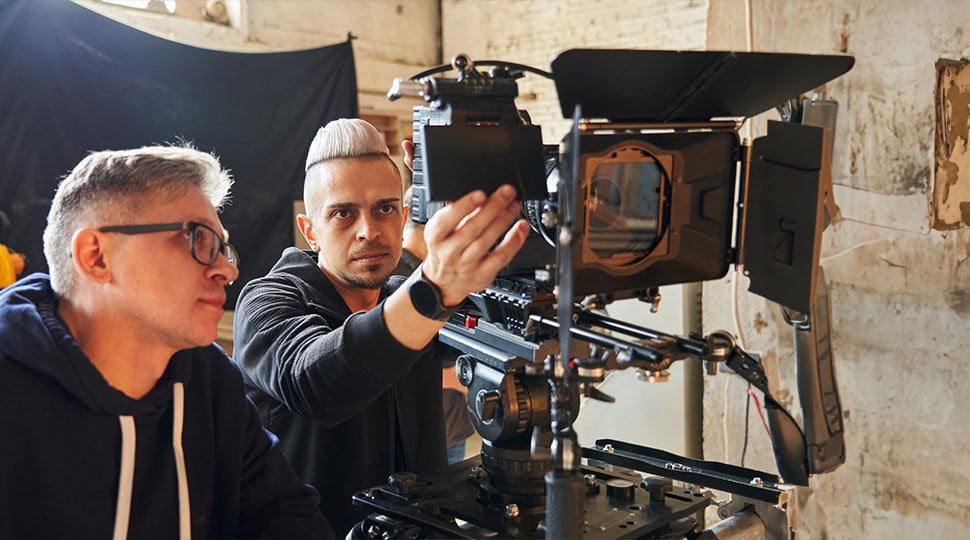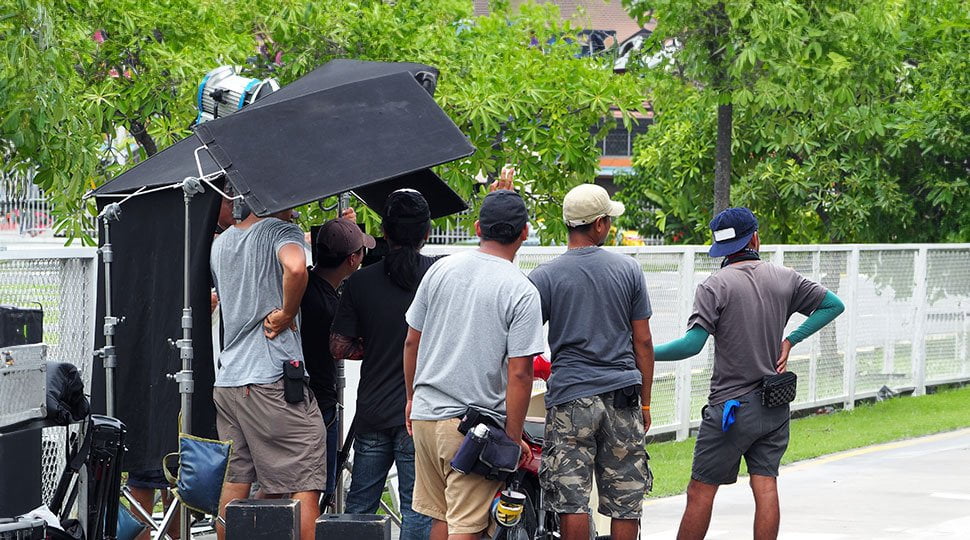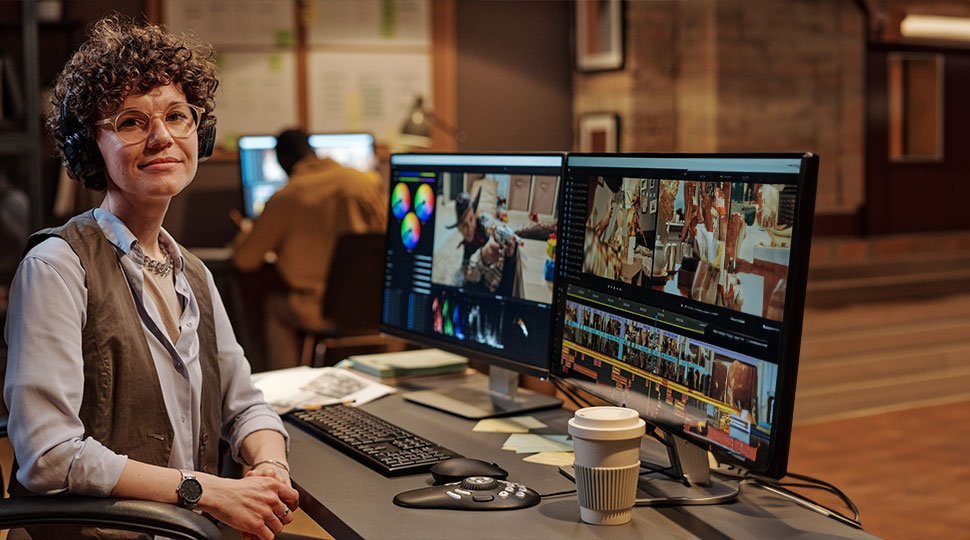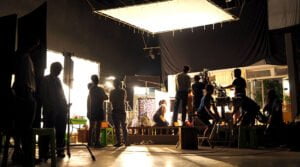The exhilarating world of indie filmmaking is nothing short of a creative adventure, where robust camera gear serves as your trusty companion. Harnessing the right equipment not only brings ambitious visions to life on the screen but also contributes significantly to the essence of indie filmmaking. This craft represents an exquisite blend of creative storytelling intertwined with technical acumen. Essential camera gear undoubtedly takes center stage in this endeavor, elevating your production quality even within a tight budget.
This article explores the ins and outs of indispensable camera gear every indie filmmaker ought to have, establishing a solid foundation to bring your cinematic dreams to fruition.
The Foundation: Choosing the Right Camera
Understanding Your Project’s Needs
The first step towards the successful production of an indie film is understanding your project’s needs and specifications. Your unique choice of story, location, and aesthetic will guide the selection of your camera. A narrative-driven indoor drama, for instance, will necessitate a very different camera from a fast-paced, outdoor action thriller. That’s why the evaluation of factors such as budget, shooting conditions, and desired visual style is of immense importance.
Mirrorless or DSLR Cameras
If you’ve journeyed into the realms of photography or videography before, you’ve undoubtedly come across two terminologies – Mirrorless and DSLR cameras. Both these camera types have their unique benefits making them suitable for indie filmmaking.
DSLRs, with their larger body size, offer excellent ergonomics and a longer battery life which is a boon for long shoots. While mirrorless cameras are known for their compactness and superior auto-focus performance, not to forget, the ability to shoot in 4K resolution. Thanks to technological advancements, both these camera types are now more accessible to filmmakers without compromising the quality of output.
Capturing the Perfect Shot: Lenses and Accessories
Versatile Prime and Zoom Lenses
The lenses you choose are tantamount to your camera’s eye, dictating how your film perceives the world. For a wealth of creative possibilities, it’s essential to have a range of lenses at your disposal.
Prime lenses, with their superior sharpness and low-light capabilities, allow you to create crisp and stunning visuals. On the other hand, zoom lenses offer remarkable flexibility, letting you capture wide-angle landscapes and close-up portraits with the same lens.
Stabilization Tools: Tripods and Gimbals
Professional-looking films demand stable and smooth shots. Any unwanted camera shake can easily ruin the quality of your footage. This is where stabilization tools such as tripods and gimbals come into play.
Tripods, with their solid foundation, are perfect for static shots. Gimbals, however, are your best bet when it comes to achieving smooth camera movement, be it a simple pan, a complex tracking shot, or anything in between.
Enhancing Visuals: Filters and ND Filters
Filters are a terrific way to enhance the look and feel of your film directly at the point of capture. From intensifying colors and increasing contrast to adding creative effects, filters can dramatically alter the visual aesthetics of your film.
ND or neutral density filters are a must-have for filmmakers shooting in bright light conditions. These filters allow you to control exposure effectively, helping achieve the coveted cinematic motion blur and depth of field.
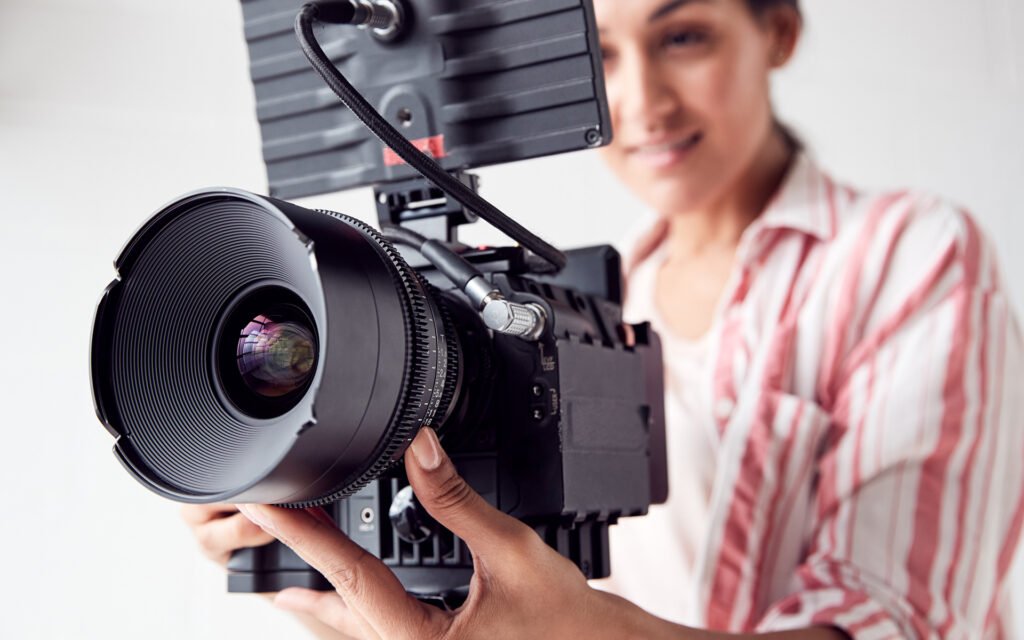
ND or neutral density filters are a must-have for filmmakers shooting in bright light conditions. These filters allow you to control exposure effectively, helping achieve the coveted cinematic motion blur and depth of field.
Crisp Audio: Recording Sound Like a Pro
External Microphones
While visuals are vital, one cannot understate the importance of high-quality sound in a film. Ambient noise or inaudible dialog can distract viewers, leading to an underwhelming cinematic experience. Thus, relying solely on your camera’s onboard microphone may not cut it.
Enter, external microphones. And there are different types to choose from, each serving a specific purpose. Shotgun microphones, for instance, offer directional sound capture – ideal for scenes packed with action or ambient noise. Conversely, lavalier microphones – small clip-on devices attached to your subject – are indispensable for capturing dialogue or interviews.
Audio Recorders and Mixers
To further enhance your film’s audio quality, consider investing in separate audio recording devices and mixers. While an additional investment, this equipment enables clarity and precision, allowing you to control the tone, volume, and balance of sounds.
Moreover, syncing audio in post-production might seem technically challenging, but it’s a tried-and-tested method. It leads to polished audio tracks that tie in neatly with the visual narrative, providing viewers a holistic cinematic experience.
Illuminating the Scene: Lighting Equipment
The Power of Lighting
The control of light is an essential skill in a filmmaker’s arsenal. The power of lighting extends beyond just illuminating your characters and sets; it determines the mood, atmosphere, and visual depth of your film, greatly impacting your audience’s emotional response.
Think of the bleak, shadow-filled shots in a thriller, the soft romantic lighting in a drama, or the stark, high-contrast lighting in sci-fi movies; each serves a particular purpose. Mastering this craft requires innovative thinking, practice, and the right tools.
LED Lights and Light Kits
When it comes to lighting equipment, LED lights prove to be a godsend for indie filmmakers. They are versatile, energy-efficient, and emit less heat, making them ideal for sustained usage.
Investing in a basic light kit can dramatically level up your production quality. At minimum, a simple three-point setup – key light, fill light, and a backlight – can create striking, professional-looking visuals for your film.
Post-Production Essentials: Editing and Color Grading
Editing Software
Post-production is often referred to as the “third phase” of indie filmmaking, after pre-production and production. It’s in this phase that your film truly comes together, as you sift through hours of footage, trimming the excess, and binding the best shots together seamlessly.
But to accomplish this, you need reliable editing software. From industry behemoths like Adobe Premiere Pro and Final Cut Pro to more accessible options like iMovie or Filmora, there’s a range of software suitable for indie filmmakers.
Color Grading Tools
Color grading is essentially the process of adjusting the visual tone of your movie, further enhancing its storytelling potential. Whether you’re aiming for the rich, saturated look of a summer romantic comedy or the bleak, desaturated tones of a post-apocalyptic drama, color grading gives you this creative control.
Tools like DaVinci Resolve and Adobe’s SpeedGrade are excellent for complex grading, but even entry-level editing software now provides options for basic color correction and grading.
That's A Wrap!
From understanding the project’s needs to choosing the right camera, lenses, and accessories, equipment for sound recording and lighting, and finally, tools for post-production refinements – creating a captivating indie film is a journey filled with creative and technical decisions.
Remember, while it’s easy to be swayed by high-end equipment, understanding your project’s needs and budget is key. Armed with the knowledge of the essential camera gear outlined in this article, you are now equipped to embark on your indie filmmaking journey, crafting stories that resonate, inspire and entertain.


